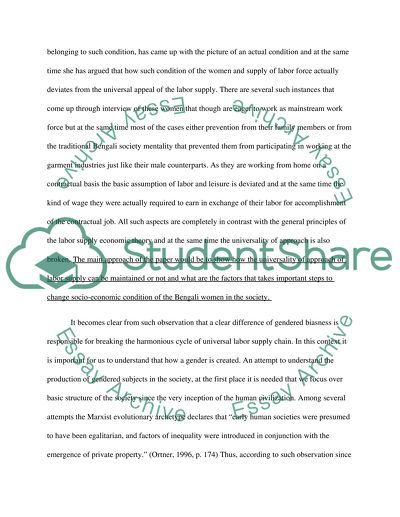Cite this document
(“Labor supply theory Case Study Example | Topics and Well Written Essays - 2250 words”, n.d.)
Labor supply theory Case Study Example | Topics and Well Written Essays - 2250 words. Retrieved from https://studentshare.org/sociology/1507941-labor-supply-theory
Labor supply theory Case Study Example | Topics and Well Written Essays - 2250 words. Retrieved from https://studentshare.org/sociology/1507941-labor-supply-theory
(Labor Supply Theory Case Study Example | Topics and Well Written Essays - 2250 Words)
Labor Supply Theory Case Study Example | Topics and Well Written Essays - 2250 Words. https://studentshare.org/sociology/1507941-labor-supply-theory.
Labor Supply Theory Case Study Example | Topics and Well Written Essays - 2250 Words. https://studentshare.org/sociology/1507941-labor-supply-theory.
“Labor Supply Theory Case Study Example | Topics and Well Written Essays - 2250 Words”, n.d. https://studentshare.org/sociology/1507941-labor-supply-theory.


